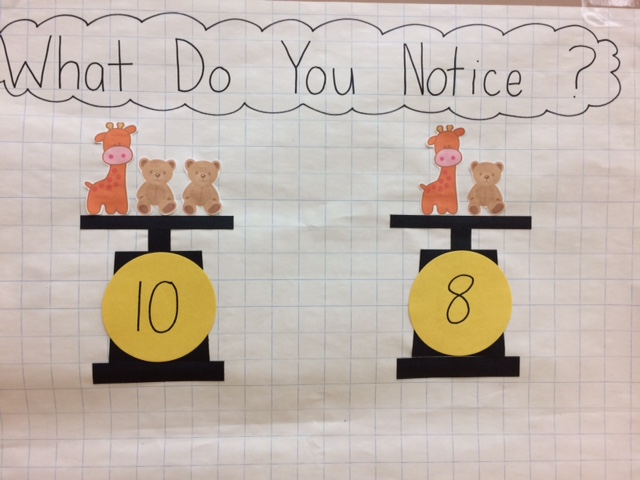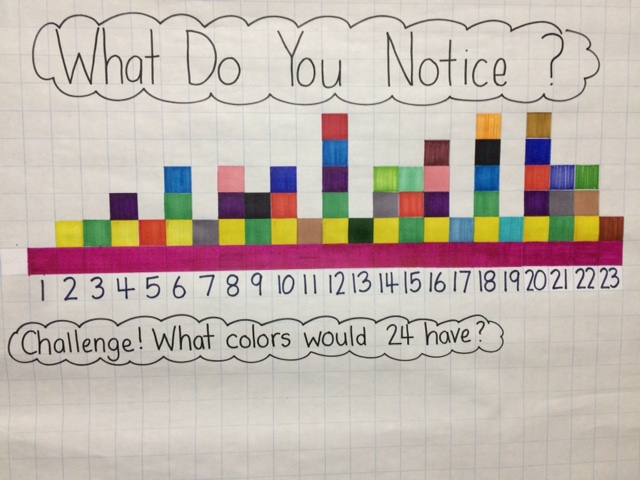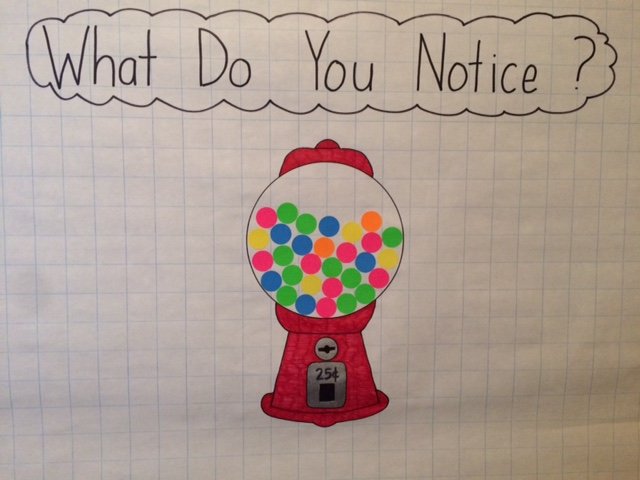What Do You Notice? Scales

Skills:
K-2: counting, number recognition, comparing, addition/subtraction, logic/reasoning skills, geometric shapes
3-5: logic/reasoning skills, addition/subtraction, beginning algebra
This scale weight problem is a fun way to introduce algebraic thinking. Although for the young students, simply recognizing numbers and counting the animals is good enough. They can even describe the geometric shapes used to make the scales.


